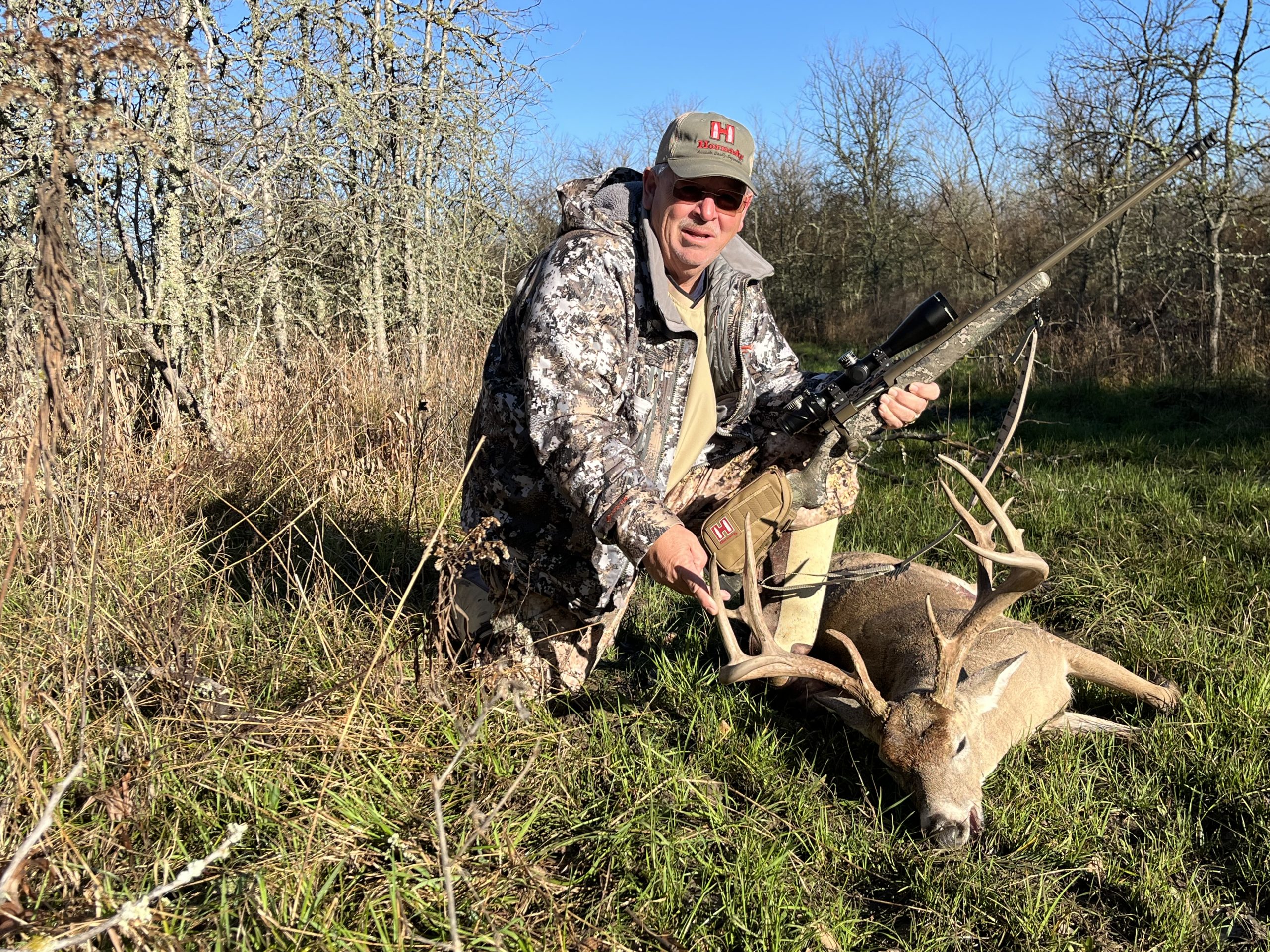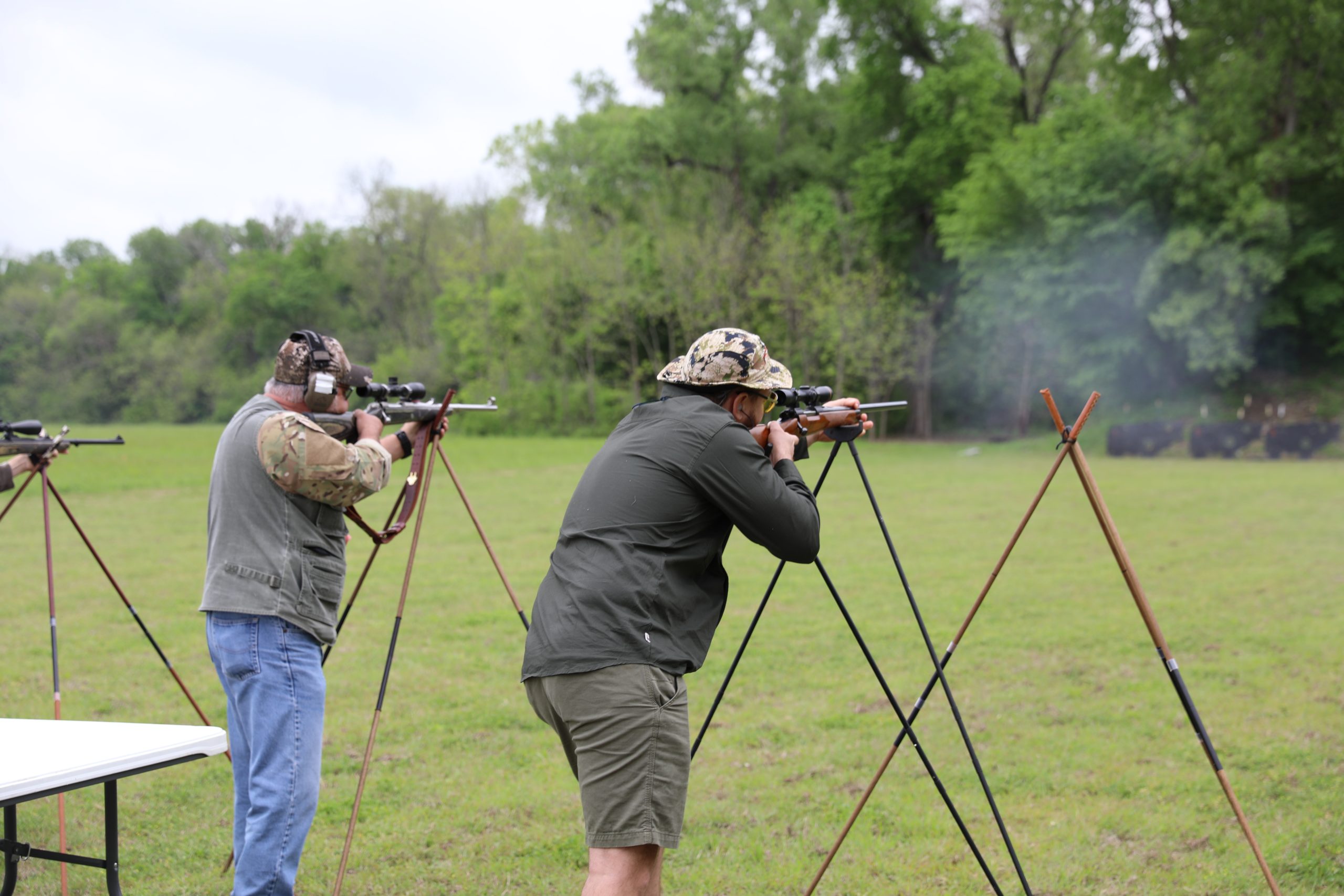Critics often claim that wildlife departments or pro-hunting sources purposefully over-estimate populations to set hunting quotas.
The difficulty is that many researchers have to use species-specific and time-consuming techniques to track populations, based on anything from unique physical markers to predictable geographic dispersal. But what if scientists could determine the population of any animal by simply looking at archived photos?
A study by the British Antarctic Survey and Canterbury Museum in New Zealand was the first group to use satellite imagery directly to estimate a species’ global population.
The researchers found the technique relatively accurate, but the process still had some obstacles. They hope to create an algorithm to count animals so that a group will not have to count each individual on the images to calculate an average.
In 2015, Congress granted scientific researchers the ability to access super high-resolution images from the WorldView-3 satellite. In the past, only Polar Regions used satellite imagery for population counts because animals like seals and penguins can be identified easily against the white snow background. With the new resolution, the researchers attempted to track certain species of albatross. They used their knowledge of the species’ breeding seasons to determine the best time and location to capture the most individuals in concentrated areas.
While the imagery technique is still not ready for elusive, more camouflaged species such as the leopard, the future may allow for even higher resolution images that could make this technique feasible. A decade ago, this type of study would have been impossible.
Sources: International Journal of Avian Science and BBC News



